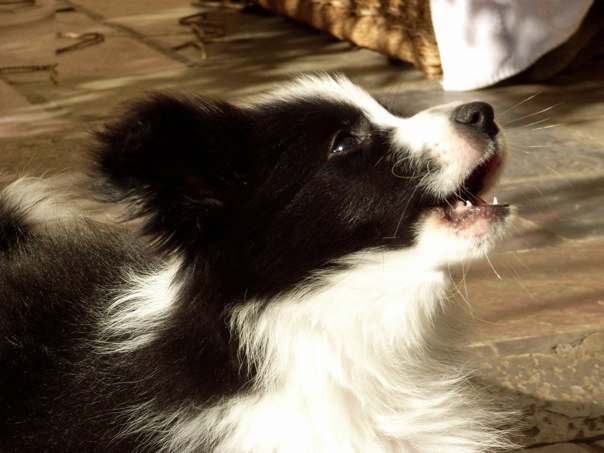The #@*$ing Four Quadrants (Dunbar)
This post is part of the series in response to Dunbar’s 2012 Australian seminars. See index.
Dunbar has a clear opinion on the four quadrants of operant conditioning: Ditch them! Dunbar feels we have entered into a time of ‘quadrant worship’ when, in reality, the quadrant was only ever designed to be a memory aid. The quadrants have also led to a division in the dog community, with half the people worshipping positive rewards and negative punishment (i.e. “positive trainers”), and the other half worshipping negative rewards and positive punishment.
Here’s a little theory: In the quadrants, positive means “you give” and negative means “negate” or take away.
Dunbar used this table to illustrate the quadrants:
| Start | Stop | |
| Reward | Positive Reinforcement | Negative Punishment |
| Punish | Positive Punishment | Negative Reinforcement |
Dunbar thinks this is a complicated way of viewing things. He says that the dog doesn’t assess anything other than “did the environment get better or worse?” He believes dogs have a binary outlook to life. They see things as good or bad. Continue reading




